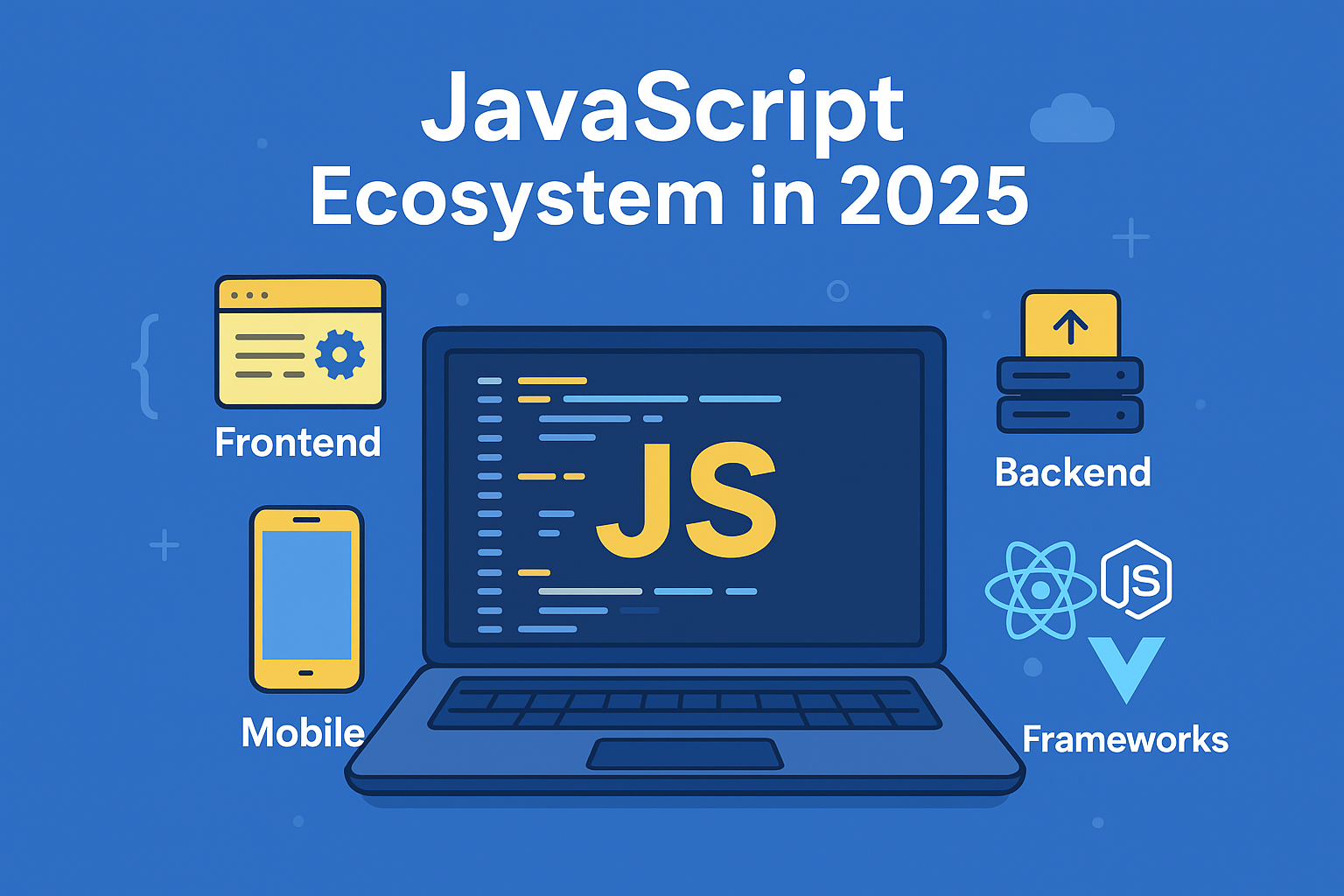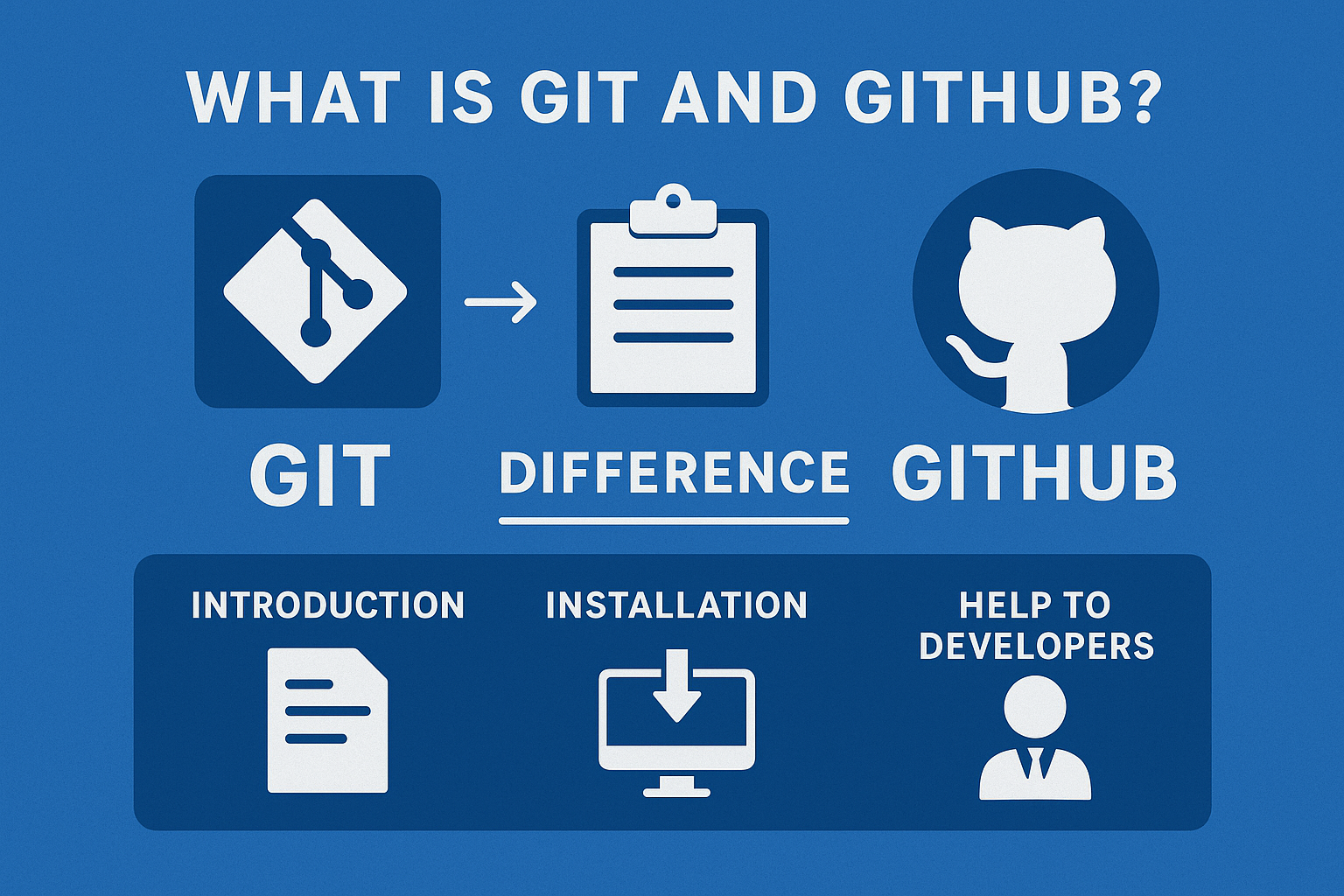Introduction
JavaScript has been the backbone of web development for over two decades. But with new programming languages, frameworks, and tools constantly emerging, many aspiring developers wonder: Is JavaScript still worth learning in 2025? In this blog, we will explore why JavaScript continues to dominate the development ecosystem, its advantages and limitations, and its real-world applications across multiple platforms.
What is JavaScript?
JavaScript (JS) is a high-level, interpreted programming language primarily used to make web pages interactive. Unlike HTML and CSS, which structure and style content, JavaScript enables dynamic behavior, such as form validation, interactive maps, animations, and real-time updates. It runs in browsers natively and on servers using Node.js, making it one of the most versatile programming languages available.
Over the years, JS has evolved from a simple scripting language into a powerful tool used in frontend, backend, mobile, and even desktop application development.
Why Learn JavaScript?
- Ubiquitous Language: JavaScript runs almost everywhere—browsers, servers, mobile apps, desktop apps, and IoT devices. Learning it ensures your skills can be applied across multiple platforms.
- Vast Community and Resources: Millions of developers use JavaScript worldwide, offering extensive libraries, frameworks, tutorials, and community support.
- Career Opportunities: Frontend, backend, full-stack, and even game development often rely heavily on JavaScript, making it a valuable skill for employment.
- Rapid Development: With modern frameworks like React, Angular, and Vue, developers can build complex applications faster with reusable components.
- Cross-Platform Potential: Tools like Node.js, Electron, and React Native allow JavaScript to power server-side applications, desktop apps, and mobile apps using a single language.
Pros of JavaScript
- Easy to learn for beginners with immediate visual results in the browser.
- Highly versatile: works across platforms, from frontend websites to backend servers.
- Rich ecosystem: libraries, frameworks, and tooling accelerate development.
- Constantly evolving with ES6+ features, bringing modern syntax, modules, async/await, and more.
- Active community: millions of developers, open-source projects, and resources make learning and troubleshooting easier.
Cons of JavaScript
- Browser inconsistencies: Some JS features may behave differently across browsers, requiring polyfills or testing.
- Large projects can become hard to manage without proper architecture or frameworks.
- Being an interpreted language, JavaScript can have performance limitations for intensive computation tasks.
- Dynamic typing can lead to runtime errors if not carefully managed.
Real-World Applications
- Frontend Web Development: Build interactive websites and single-page applications using frameworks like React, Angular, or Vue. Example: Facebook, Instagram, and Netflix.
- Backend Development: Node.js enables server-side applications with scalable, real-time capabilities. Example: LinkedIn and PayPal use Node.js for parts of their backend.
- Mobile App Development: React Native allows developers to build cross-platform mobile apps using JavaScript. Example: Discord, Walmart, and Instagram.
- Desktop Applications: Electron lets you create cross-platform desktop apps using JS. Example: Visual Studio Code and Slack desktop apps.
- Game Development: JS can be used for browser-based games or simple 2D/3D games with frameworks like Phaser or Babylon.js.
- Automation & Scripting: Automate repetitive tasks or scraping with Node.js scripts and tools like Puppeteer.
- IoT and AI: JavaScript frameworks can also control IoT devices and integrate AI/ML models for smart applications.
JavaScript Ecosystem Visualization
About the JavaScript Ecosystem
Frameworks
React, Vue, Angular, and Svelte dominate frontend development with component-based architectures.
Tools
Webpack, Babel, ESLint, and Prettier form the essential toolkit for modern JS development.
Libraries
Lodash, Moment.js, Axios, and D3.js provide specialized functionality for diverse needs.
Runtimes
Node.js, Deno, and Bun enable JavaScript to run on servers and command-line tools.
Conclusion
JavaScript remains one of the most important programming languages in 2025. Its versatility, continuous evolution, large community, and cross-platform capabilities make it an essential skill for both beginners and experienced developers. Whether you want to build interactive websites, scalable backend services, mobile apps, or desktop applications, JavaScript provides the tools and ecosystem to bring your ideas to life.
If you haven't started learning JavaScript yet, now is a perfect time to dive in and explore the endless opportunities it offers.








Discussion (0)
Leave a comment